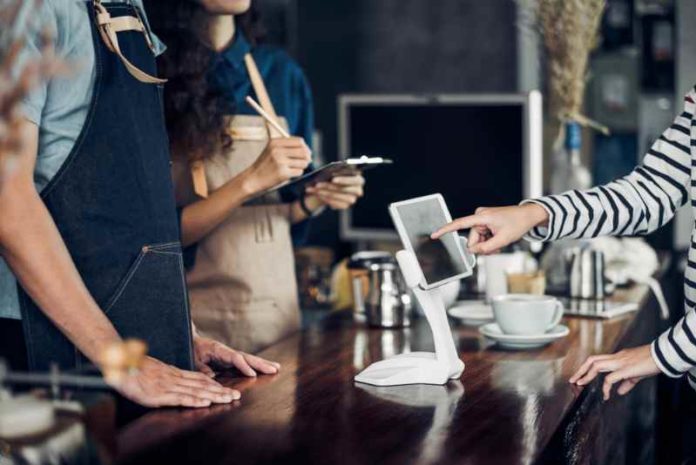New technology and payment models promise record growth for restaurants
By Rieva Lesonsky
2019 looks like it will be a record-setting year for restaurants, according to the National Restaurant Association. The industry trade group predicts restaurant revenues will hit $863 billion this year, up 3.6% from 2018.
In an interview in Restaurant Hospitality, Hudson Riehle, senior vice president of the National Restaurant Association’s research and knowledge group, says that while “the solid growth rate [is] definitely better than many other industries,” the growth is more moderate than before the Great Recession of 2007-08.
“Moderate sales growth means more restaurant operators will focus on getting additional, incremental sales and traffic gains,” Riehle says, “and they are turning to technologies to help.”
According to Riehle, the National Restaurant Association’s 2019 State of the Industry report showed restaurant operators were allocating more resources toward technology. Of those surveyed, quick-service restaurants were most interested in making “investments in customer-facing technology—including digital ordering and payment and delivery models” (70%), followed by fast casual (62%), casual dining (59%) family dining (54%) and fine dining (49%).
Riehle did sound a note of caution: “One major development over the next decade for the industry will be how this technology is integrated to make sure this remains the ‘hospitality’ industry.” He believes that getting consumers to spend more will rely on tools like flexible pricing, which incentivizes sales in off-peak periods through video menu boards.
One factor that’s helped the industry: Americans love to go out to eat. Riehle told Restaurant Hospitality that a whopping 51% of consumer spending on food in the United States goes to restaurants, compared to 25% in 1955.
To capture more consumers, some restaurants are experimenting with meal plans. Similar to food-service plans in college cafeterias, “customers [pay] a basic amount per month for a basket of goods and service with options to add on top,” explains Riehle.
“How customers pay for the restaurant experience really hasn’t changed in a hundred years,” he adds. “One out of two Americans uses a restaurant on a daily basis, and it is literally paid for at that point — either right before the experience or right after. Younger cohorts are much more amenable to—and have expectations for—a subscription model.”
Restaurant stock photo by weedezign/Shutterstock







